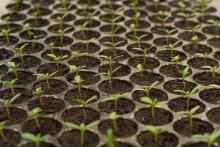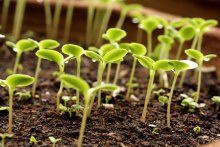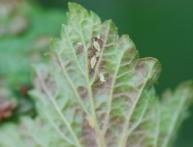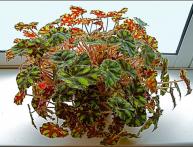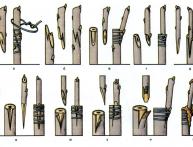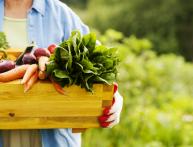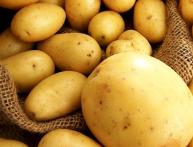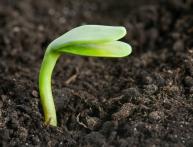Pigeon droppings as fertilizer for applying organic fertilizers

When breeding poultry, a fairly large amount of droppings is produced as a natural product of the birds' vital activity. Bird droppings contain a large amount of substances needed by the plant.
Most often, gardeners have the opportunity to use goose, duck and chicken droppings. Although pigeon droppings are like fertilizer superior to all named species, it is currently less accessible.
This is primarily due to the lack of industrial pigeon breeding and a very small number of private pigeon coop owners. However, if there is an opportunity to use pigeon droppings as fertilizer, you should definitely take advantage of it.
Content:
- Why do you need to add litter?
- Composition of pigeon droppings
- How to prepare and apply pigeon droppings
Why do you need to add litter?
Plants are organisms that are capable of independently assimilating inorganic elements and converting them into organic compounds. Nitrogen is the main building material for plant cells.
Plants from the legume family can absorb atmospheric nitrogen, while other plants for normal growth and development need nitrogen, which is contained in an accessible form in the soil. If you do not add nitrogen fertilizers to it, the amount of nitrogen in the soil is reduced.
It is not only consumed by plants, but also washed away by precipitation. With a lack of nitrogen compounds, plant growth slows down and their yield decreases.In addition, plants become susceptible to a variety of diseases.
The fastest way to replenish your nitrogen levels soil, is to introduce bird droppings into it. If possible, it is best to use pigeon droppings for these purposes.
Composition of pigeon droppings
Among all types of organic fertilizers, pigeon droppings are distinguished not only by their high nitrogen content, but also by the presence of other useful substances. The amount of nitrogen available to plants depends on what the pigeons eat. On average, it is contained in dry litter 1.7 - 1.8%.
However, if pigeons are switched to eating legumes even for a short period, the nitrogen content will increase. In addition, it contains phosphorus and potassium salts, which are also necessary for plants. However, as the litter is stored, the nitrogen content decreases. If you store bird droppings in simple piles, then in a month the nitrogen content will decrease by almost half.
To preserve the beneficial composition of pigeon droppings, it must be dried. Under natural conditions, this occurs under the iron roofs of dovecotes. Therefore, the droppings that are collected under them are the most valuable. You can also dry litter in special thermal ovens at high temperatures. At the same time, the droppings are also disinfected.
In addition to the above compounds, pigeon droppings contain the following necessary elements, How:
- copper
- iron
- zinc
- manganese
- cobalt
It should be said that with the correct application of fertilizing based on pigeon droppings, at least 50% of all useful substances, including nitrogen, are absorbed from it by plants.
How to prepare and apply pigeon droppings
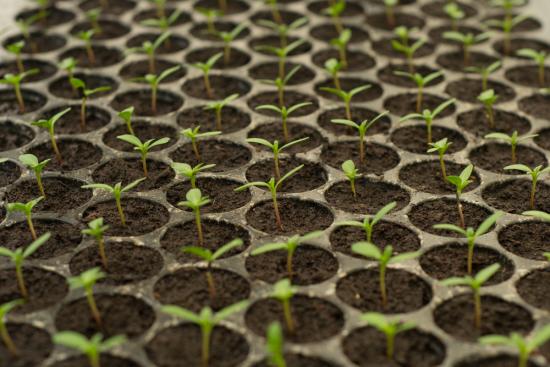
All cultivated plants have a need for nitrogen and other substances, but each crop has individual needs.
How to feed potatoes
Potatoes especially need nitrogen. You can feed it in two ways:
- add droppings when preparing beds
- water bushes with a water infusion of pigeon droppings
When digging a bed, it is enough to keep about 500 grams of dried manure per square meter. meter. To apply liquid fertilizer, 1 kg of litter must first be diluted in 20 liters of water. Leave the solution for a week. At the same time, it needs to be stirred two to three times a day.
Fertilizing can be applied either after rain or after abundant watering of plants. Pre-dilute a liter of infusion in 10 liters of water. The same composition can be fed to:
- tomatoes
- physalis
- eggplant
- peppers
In beds with these crops, you can simply spread dry droppings between the rows. 30 g per square meter is enough. meter. Fertilizing based on pigeon droppings should be stopped three weeks before harvest.
Video about using pigeon droppings as fertilizer:
How to feed fruit trees with pigeon droppings
There are two ways to apply pigeon droppings under fruit-bearing apple, pear, plum and other trees. For the first method, dig a groove 10 - 12 cm deep around the trunk at a distance of 0.7 - 0.8 m. It is better to do this at the beginning of the season.
Spread about 1 kg of the substance and cover it with soil. For particularly large and massive trees, litter rates can be increased by 1.5 - 2.0 times. In addition, trees can be watered with an infusion of dung prepared according to the above recipe. First, water the tree generously, and then add 2-3 buckets of liquid feeding from pigeon droppings.
How to feed flower and berry crops with droppings
Dry manure can be added when digging up beds for planting flowers and berries in the fall. The application rate is 0.5 - 0.6 kg per square meter. In addition, during the growing season, strawberry flowers or bushes can be watered with liquid infusion every two weeks. The basic rules for feeding with droppings remain the same:
- feed only after watering
- stop fertilizing three weeks before picking berries
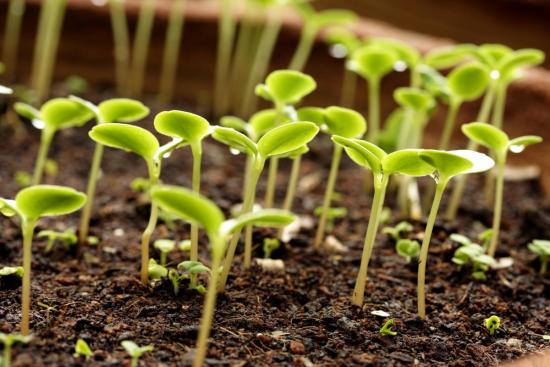
Despite the undoubted benefits of pigeon droppings, it is important to comply with the norm, otherwise the plants may either give a large increase in green mass and not set fruit, or completely die from an excess of nitrogen.

